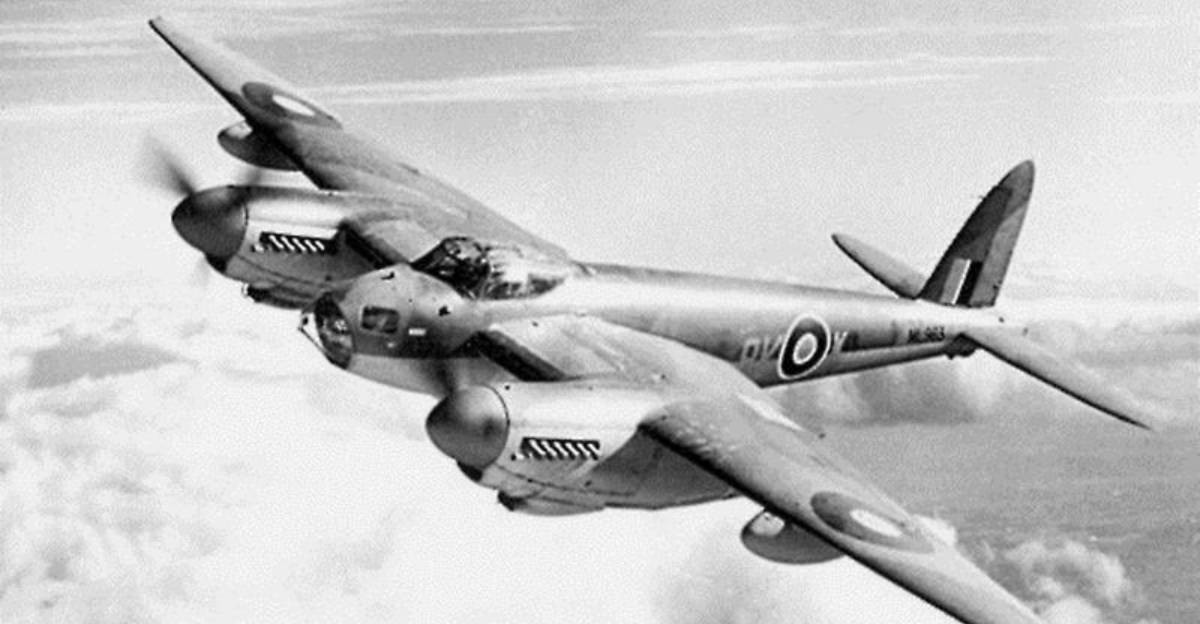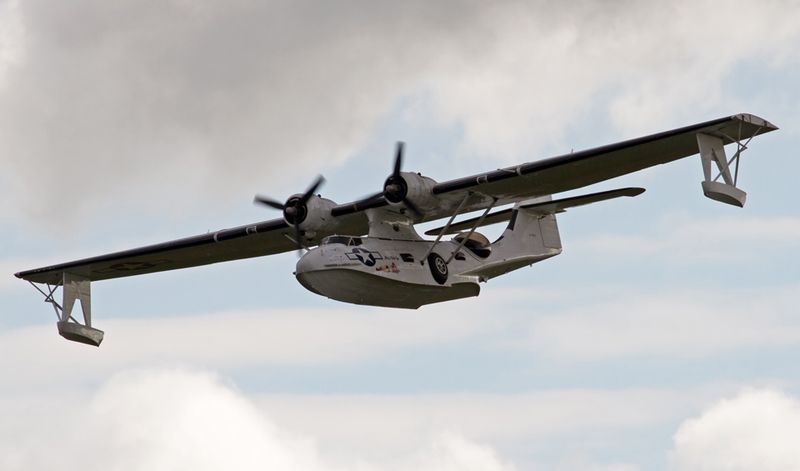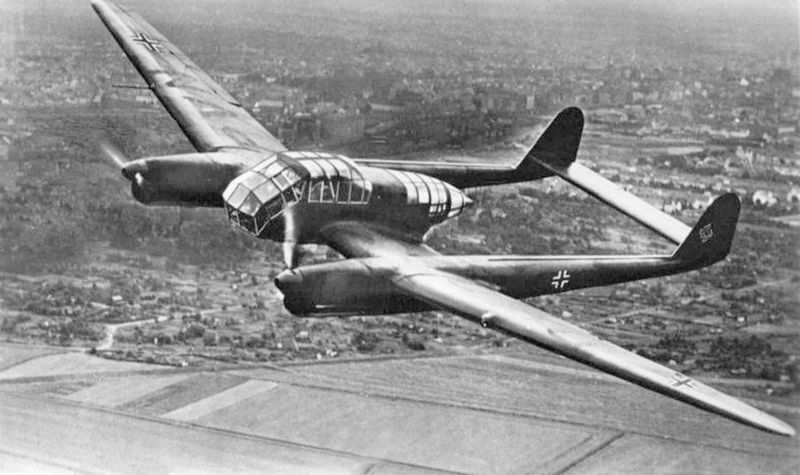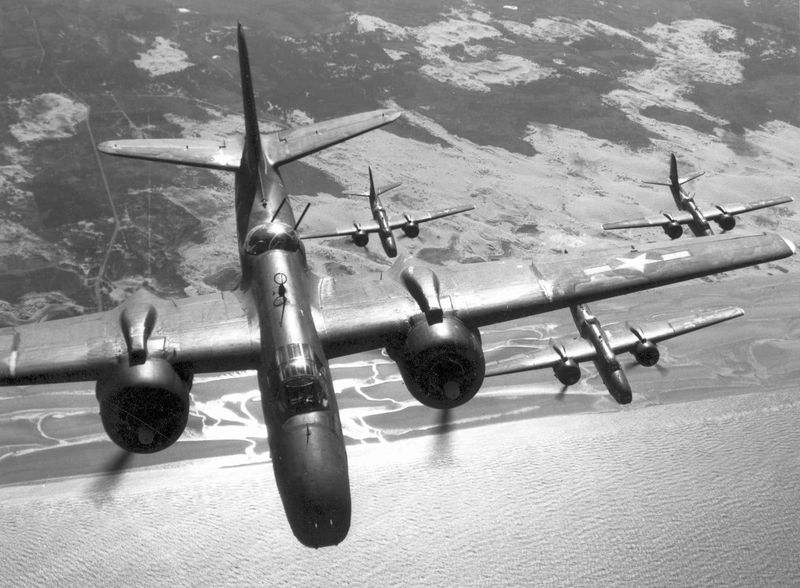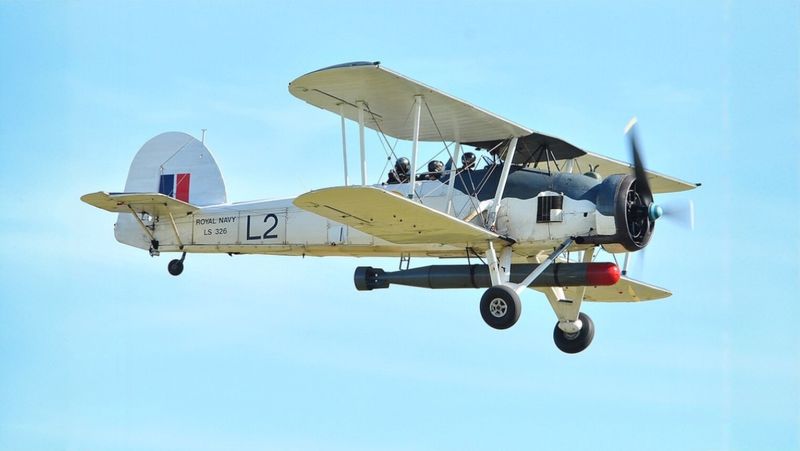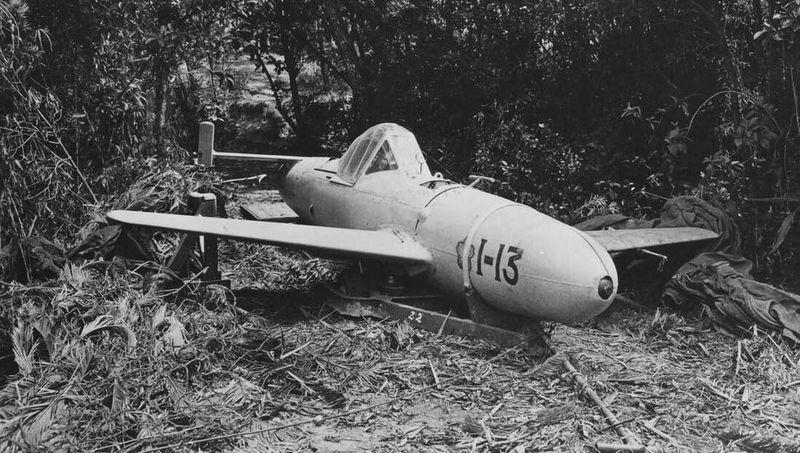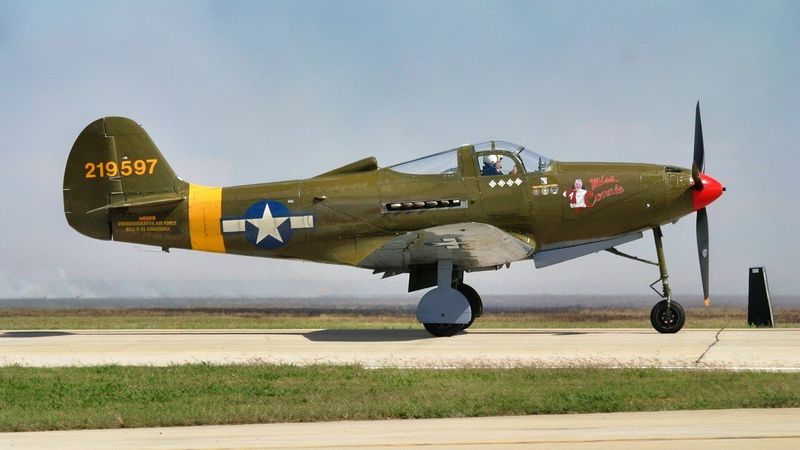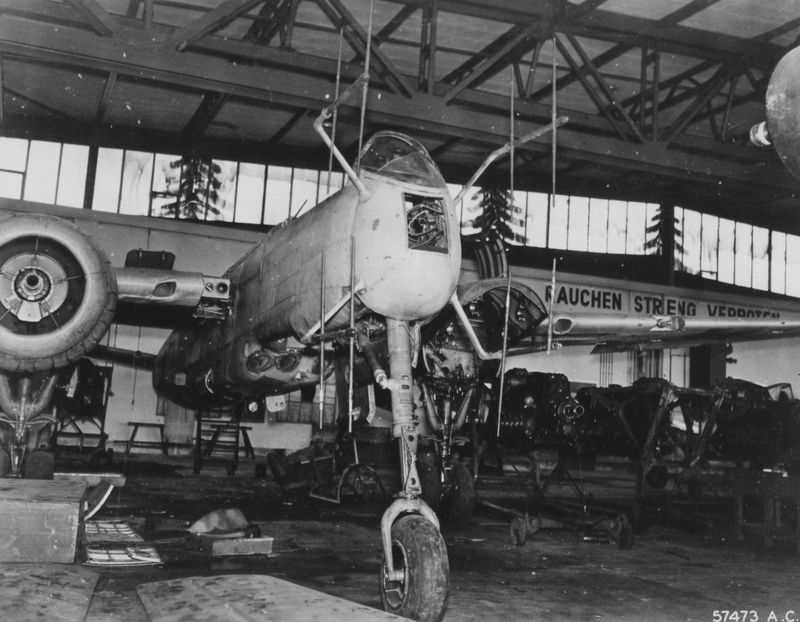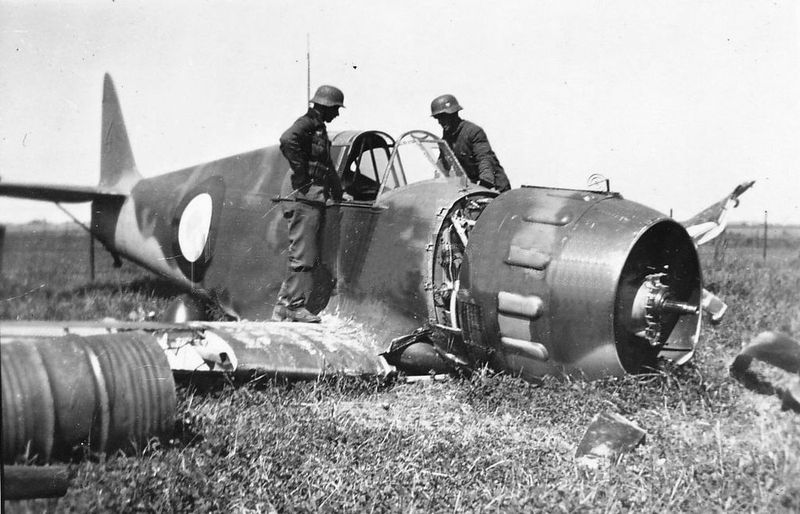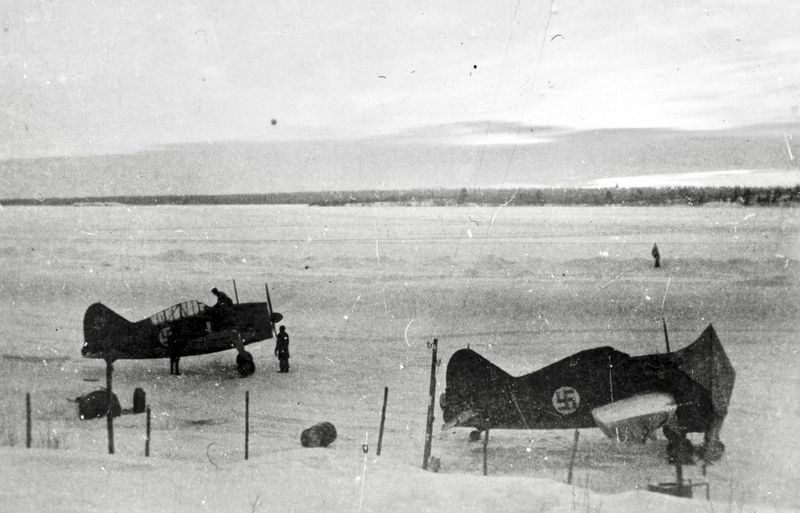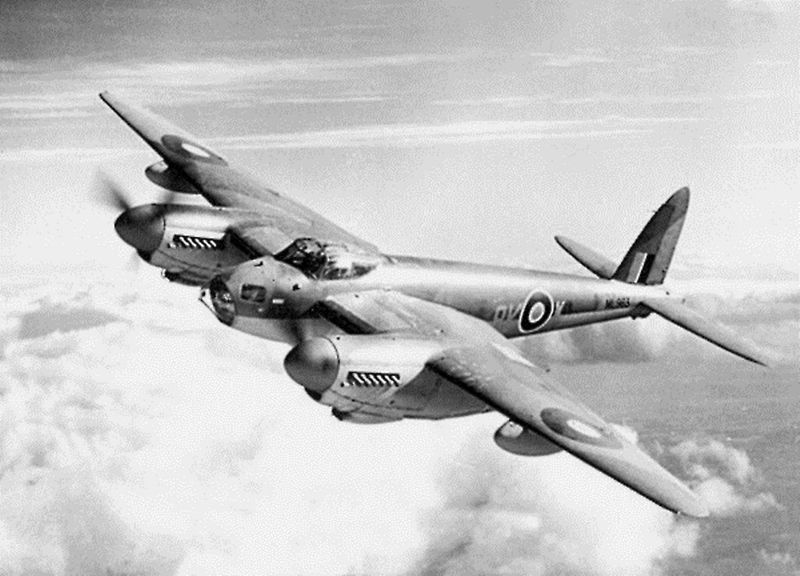When people think of World War II aircraft, names like the Spitfire, B-17, and Messerschmitt dominate the conversation. But dozens of lesser-known planes played crucial, even game-changing roles in the air war. Here are 10 forgotten WWII planes that did far more than history remembers — from secret missions to unsung rescues.
1. PBY Catalina (USA)
The PBY Catalina often went unnoticed, much like its silent missions across the Pacific. This amphibious marvel rescued countless downed pilots from shark-infested waters, ensuring their safe return.
Beyond rescue operations, the Catalina excelled in tracking enemy submarines, providing crucial intel that shaped naval strategies. Its endurance in the sky made it the unsung hero of the Pacific.
Quirky fact: Its large, distinctive blisters allowed for panoramic views, aiding in surveillance missions. Despite its low profile, the Catalina’s contributions to the war effort were invaluable, cementing its place in aviation history.
2. Focke-Wulf Fw 189 “Uhu” (Germany)
With observation decks as clear as crystal, the Focke-Wulf Fw 189 “Uhu” was a flying sentinel. Its unique twin-boom design allowed for unparalleled battlefield surveillance.
Guided by this aerial intelligence, German troops gained advantages that were crucial in many engagements. The “Uhu” was not just an aircraft; it was an eye in the sky.
Interesting tidbit: Despite being lightly armed, its exceptional maneuverability often allowed it to evade enemy fighters. The Fw 189’s intelligence-gathering prowess was a game-changer, solidifying its place in wartime reconnaissance.
3. Douglas A-20 Havoc (USA)
Rugged and reliable, the Douglas A-20 Havoc was a beacon of versatility. Serving in multiple air forces, it performed ground attacks and nighttime raids with precision.
Even under heavy fire, the Havoc’s design allowed for exceptional maneuverability and attack efficiency. Pilots praised its robust construction and adaptability in diverse combat scenarios.
Did you know? The Havoc was one of the first bombers equipped with radar, enhancing its nighttime operations. Its multifaceted roles and resilience made it a formidable force in the skies, deserving of recognition.
4. Fairey Swordfish (UK)
An old-timer in a new world, the Fairey Swordfish biplane defied the odds. Despite its outdated appearance, it excelled in maritime roles, famously crippling the German battleship Bismarck.
Nicknamed “Stringbag,” it could carry various munitions, adapting to mission needs. Its slow speed was ironically beneficial, evading modern radar and anti-aircraft fire.
Remarkable fact: Its canvas and wood frame made it less detectable by magnetic mines. The Swordfish’s successes in naval warfare demonstrated that age and appearance don’t always dictate effectiveness.
5. Yokosuka MXY-7 Ohka (Japan)
A weapon of desperation, the Yokosuka MXY-7 Ohka was a human-guided missile, feared for its potential impact. Though many were intercepted, its mere existence altered Allied strategies.
Pilots, known as “Thunder Gods,” volunteered for these missions, showcasing profound dedication and courage. The Ohka’s design was simple yet effective, with a single goal: destruction.
Sobering fact: Despite its limited success, the psychological effect on Allied forces was significant. The Ohka’s legacy is a testament to the extremes of warfare, where technology and humanity intertwined in dire times.
6. Bell P-39 Airacobra (USA)
Dismissed by some, embraced by others, the Bell P-39 Airacobra found its niche on the Eastern Front. The Soviets unlocked its potential, utilizing its powerful nose-mounted cannon against enemy armor.
Its mid-engine design provided unique balance and agility, making it a valuable asset in dogfights. The Airacobra was more than meets the eye.
Fun insight: The P-39 was one of the first fighters with a tricycle landing gear, offering smoother landings. Its journey from overlooked to indispensable underscores the importance of adaptability in wartime innovation.
7. Heinkel He 219 “Uhu” (Germany)
In the shadows of the night, the Heinkel He 219 “Uhu” stalked its prey. Equipped with cutting-edge radar and formidable firepower, it excelled in nocturnal battles.
Pilots revered its speed and weaponry, making it a formidable opponent even in darkness. The “Uhu” was a predator in the skies.
Did you know? It was one of the first operational aircraft to use ejection seats, showcasing its advanced design. Despite its brief service, the He 219’s impact on night fighting was profound and long-lasting.
8. Bloch MB.152 (France)
The Bloch MB.152 was France’s valiant defender during early WWII, battling against overwhelming odds. Though limited in numbers, it showcased French engineering resilience.
Its compact design allowed for agility and speed, making it a worthy adversary in the skies. Despite being overshadowed by defeat, it laid the groundwork for future French innovations.
Intriguing fact: It was among the first fighters to encounter the German Luftwaffe, testing its mettle against the best. The MB.152’s legacy is one of courage and determination, symbolizing a nation’s fighting spirit.
9. Brewster F2A Buffalo (USA/Finland)
A tale of contrasts, the Brewster F2A Buffalo was a disappointment for the U.S. Navy but a star in Finnish hands. Against the Soviet Air Force, it proved shockingly effective.
Its robust frame and compact size offered maneuverability, crucial in the harsh Finnish winters. The Buffalo’s story is one of unexpected triumph.
Fascinating note: Finnish pilots achieved remarkable kill ratios, showcasing their skill and the plane’s hidden potential. The F2A Buffalo’s dual legacy highlights the impact of environment and tactics on aircraft performance.
10. De Havilland Mosquito (UK)
Why was it called the ‘Wooden Wonder’? The De Havilland Mosquito, with its innovative all-wooden frame, was practically invisible to enemy radar. This ultra-light bomber could outrun even the swiftest fighters, thanks to its twin Merlin engines.
Designed for versatility, it adapted to various roles, including bombing, reconnaissance, and night fighting. Its speed and agility made it a favorite among pilots.
Fun fact: The Mosquito’s wooden construction allowed it to be built by furniture factories, bypassing metal shortages. Its multifaceted roles and unique construction truly made it a wonder of wartime engineering.
